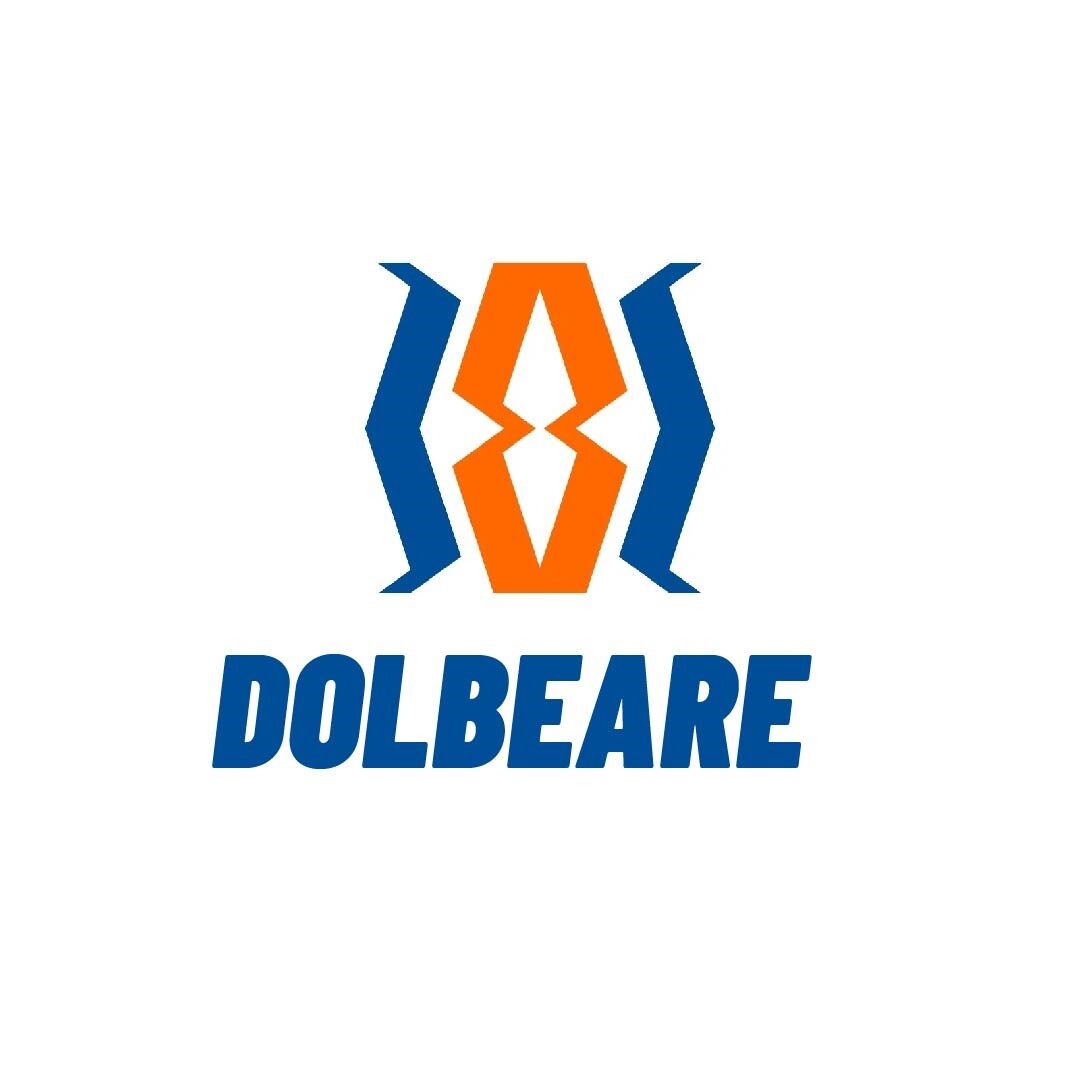Web development is the invisible force powering nearly every aspect of the modern internet. From simple landing pages to sophisticated web applications, the web is a dynamic, ever-expanding space built on code, creativity, and user experience. As users demand faster, more seamless, and more engaging digital interactions, the world of web development continues to evolve with new technologies, tools, and philosophies driving its direction.
The development of a website or web application typically starts with front-end design. This is where aesthetics meet functionality, and where developers use HTML, CSS, and JavaScript to bring visual elements to life. These languages form the foundation of what users see and interact with. Over time, front-end development has become more advanced with the introduction of frameworks like React, Angular, and Vue.js. These frameworks enable the creation of highly interactive user interfaces that react to real-time changes and offer a smooth, app-like experience directly in the browser.
Alongside front-end development, the back-end forms the brain of any web application. This is where all the data processing, authentication, storage, and server communication happens. Back-end developers often work with languages such as Python, PHP, Ruby, or JavaScript (with Node.js), depending on the project’s requirements. These http://gomissiongame.com/ tools allow developers to build powerful systems that can scale efficiently and securely as user demand grows.
The rise of APIs—Application Programming Interfaces—has dramatically changed how web developers build modern apps. APIs allow different software components to communicate and share data across platforms. They enable developers to integrate third-party services like payment gateways, weather feeds, social media platforms, or machine learning models into their applications without having to reinvent the wheel. REST and GraphQL are two popular styles of APIs, each offering different advantages for different use cases.
Speed and performance are no longer optional in today’s digital landscape. Search engines consider load time a ranking factor, and users are more likely to abandon a website if it doesn’t load within a few seconds. Web developers use a variety of techniques to enhance performance, including minifying code, compressing images, using content delivery networks (CDNs), and optimizing assets for mobile devices. Lazy loading and asynchronous loading techniques also help ensure that users receive content as efficiently as possible.
Responsive design has become standard practice, allowing websites to adjust fluidly across screen sizes—from large desktop monitors to smartphones. Developers achieve this through media queries in CSS and flexible grid systems, ensuring a consistent user experience regardless of the device being used. This approach improves accessibility and usability, which is especially important as more users access the web via mobile devices than ever before.
Web development also places strong emphasis on accessibility and inclusivity. Sites should be usable by everyone, including individuals with visual, auditory, or cognitive impairments. Developers now build with semantic HTML, provide meaningful alternative text for images, enable keyboard navigation, and ensure color contrast meets readability standards. These practices are not only ethical but are also often required by legal accessibility regulations in various countries.
Security plays a major role in web development. Protecting user data is critical, especially with the rise of online commerce and personal account management. Developers implement secure practices such as input validation, encrypted communication (HTTPS), and secure password hashing. They also guard against common vulnerabilities like cross-site scripting (XSS) and SQL injection by following established best practices and frameworks designed with security in mind.
The shift to serverless architectures has introduced a new way of building and deploying websites and apps. Rather than maintaining a traditional server, developers can now use services like AWS Lambda, Google Cloud Functions, or Vercel to run code in response to specific events. This reduces infrastructure overhead and improves scalability. Additionally, tools like Docker and Kubernetes allow developers to containerize applications, making them easier to deploy, replicate, and manage across different environments.
Web development continues to intersect with emerging technologies such as artificial intelligence, augmented reality, and blockchain. Developers are exploring how to embed AI-driven chatbots, interactive 3D content, and decentralized applications directly into websites, creating entirely new digital experiences.
As the internet continues to expand and technology grows more sophisticated, the field of web development remains one of the most creative, impactful, and evolving areas of digital innovation.
